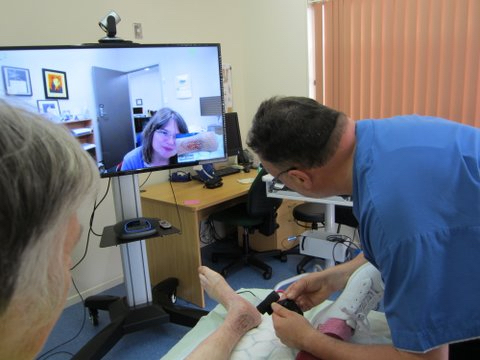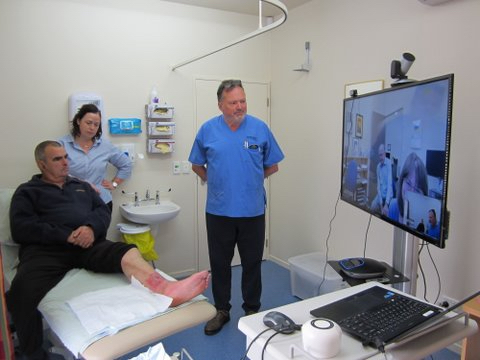In a press release Otago Polytechnic said 92 per cent of the 90 graduates from November 2017 were known to be employed by February 2018.
The ACE job clearinghouse report showed that Southern DHB took on 53 new graduates for 2018 and neighbouring South Canterbury took on 13. National statistics are not yet available for how many November graduates nationwide have gained positions. As at late November 57 per cent of ACE applicants had been offered new graduate places.
Crabtree said 81 per cent of the employed graduates were on NETP (nursing entry to practice) programmes and 13 per cent on mental health NESP (new entry to specialist practice) programmes. The remaining six per cent were in primary care including one employed directly in residential aged care. He said the majority of the Otago graduates had gone to positions through the Southern or South Canterbury district health boards but a couple had gone to North Island DHBs. None had gone overseas this year and only one the previous year, said Crabtree.
]]>Trials of telehealth Wound Nurse Specialist clinics began earlier this year to connect wound care patients at health centres in Balclutha and Dunstan with vascular surgeons at Dunedin Hospital.

Emil Schmidt, the clinical nurse specialist who leads the monthly telehealth clinics, said the success of the clinics to date means the team hope to expand to other locations next year.
Wound care specialists like himself work with patients requiring the most complex treatment regimens – like patients with diabetic ulcers or peripheral vascular disease – that need frequent follow-up assessments and adjustments to their therapy.
Providing care for such patients is particularly challenging when they live a distance from a secondary care hospital so the telehealth clinics, linked by video, can help specialists work with district nurses at the rural hospitals to help heal the demanding wounds.
The clinics video link with consultants via secure connections and both sites have shared access to electronic patient records, and specialist wound imaging, measurements and documentation system.
“We can directly communicate, face-to-face,” said Schmidt. “We can zoom-in on the wound and make decisions together on the best approach to caring for the patient.”
He said that patients appreciated the convenience of telehealth appointments and healthcare teams were equally pleased with the quality and efficiency of the appointments.

“In-person appointments are still a part of the patients’ care plan but by providing these clinics we are able to reduce the number of times patients have to travel long distances. It also helps to free up appointments in outpatients clinics for first specialist appointments and other treatments for other patients, so everyone benefits,” said Schmidt.
]]>